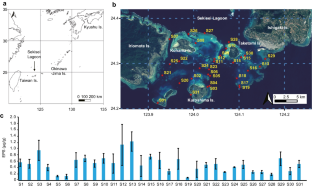2025-03-07 日本原子力研究開発機構,茨城大学,北海道大学,京都大学
<関連情報>
- https://www.jaea.go.jp/02/press2024/p25030702/
- https://www.ibaraki.ac.jp/news/uploads/2025/03/PressRelease_250307.pdf
- https://www.nature.com/articles/s42004-025-01453-x
ダイナミックモンテカルロコードを用いた水の放射線分解による多重DNA損傷の実証 Multiple DNA damages induced by water radiolysis demonstrated using a dynamic Monte Carlo code
Takeshi Kai,Tomohiro Toigawa,Yusuke Matsuya,Yuho Hirata,Hidetsugu Tsuchida,Yuma Ito & Akinari Yokoya
Communications Chemistry Published:06 March 2025
DOI:https://doi.org/10.1038/s42004-025-01453-x

Abstract
Multiple DNA damage resulting from different nearby ionizations of water molecules is an important process of the initial step of radiobiological effects. Several important characteristics of the damaged DNA site such as the critical size and types of chemical lesions are not well-known. We investigated this long-term issue by developing a dynamic Monte Carlo code for the chemical process. The reaction probabilities and the spatial distribution of lesions were theoretically solved as a function of the spur radius and distance between DNA and the initial ionisation position. From our previous reported results, we suggest that a hydroxyl radical and a hydrated electron from a single spur can concomitantly react within a 10 base pairs DNA to induce a multiple DNA damage site comprising a DNA single-strand break and reductive nucleobase damage; however, the reaction probability is 0.4% or less. Once this combination arises, it may result in a DNA double-strand break (DSB). DSBs are difficult to repair, which may lead to cell death or misrepair, and could lead to point mutations in the genome.



